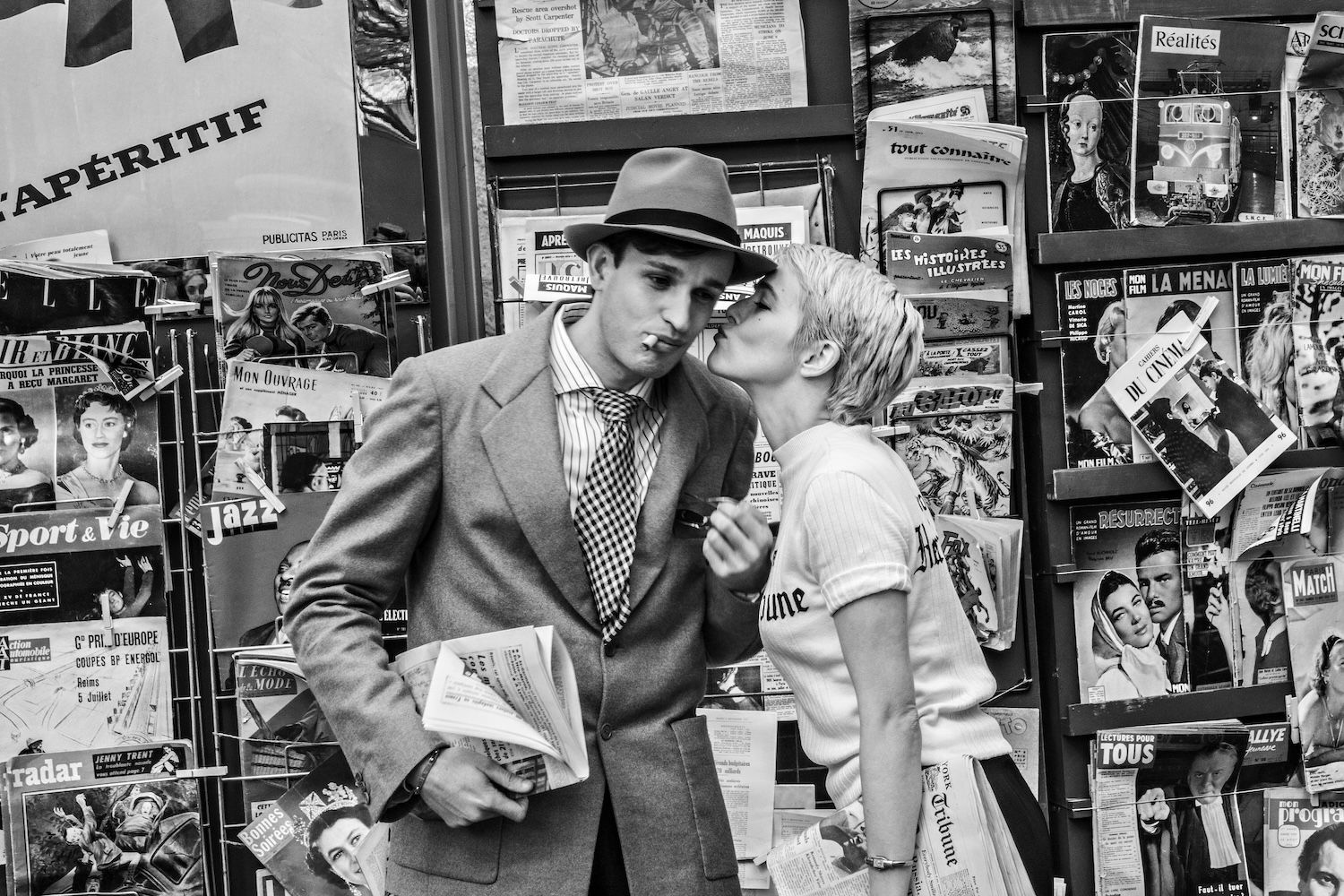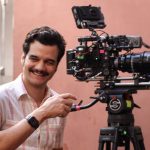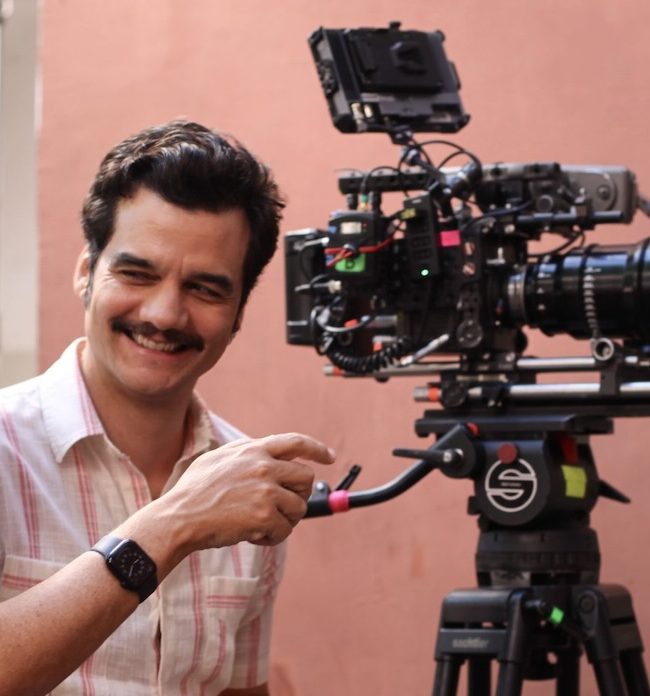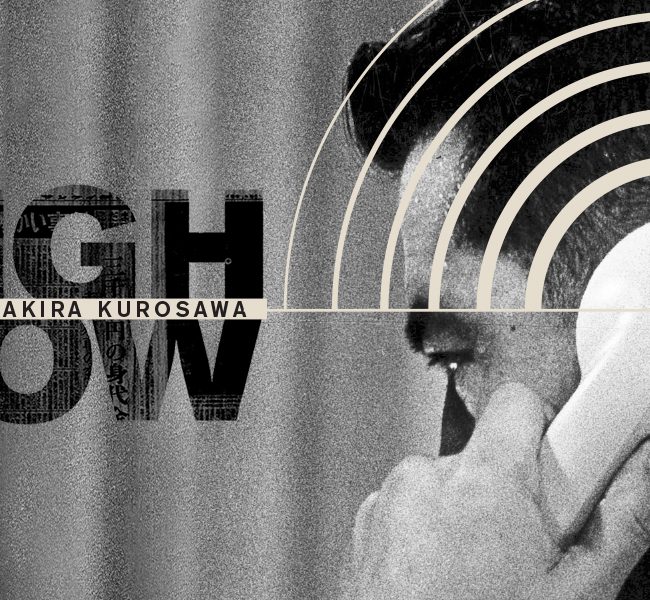NOUVELLE VAGUE

(The Middleburg Film Festival ran October 16-19 in Middleburg, Virginia, and lead critic Chris Reed is on the ground doing coverage for us. Check out his Nouvelle Vague movie review! Seen it? Join the conversation with HtN on our Letterboxd Page.)
Franco-Swiss filmmaker Jean-Luc Godard (1930-2022) made his first feature, Breathless, in 1960. A longtime writer for the influential magazine Cahiers du Cinéma, Godard was a member of the self-titled “Nouvelle Vague” (New Wave) group of young artists who sought to reinvent the movies for a new generation of cinephiles. Though his colleague and friend François Truffaut beat him to the directorial punch with The 400 Blows, released the previous year to great success, it is Breathless—with its rejection of traditional aesthetics and editing, filled with fourth-wall breaking, dialogue of seeming non sequiturs, and jump cuts—that is by far the more revolutionary creation.
In Nouvelle Vague, American director Richard Linklater (Hit Man) takes us behind the scenes for a dramatized making-of, immersing us in the visionary ferment of the era, and of Godard’s set, in particular. Shot in black and white, a 1.37 aspect ratio, and in French, the movie appropriates many of the techniques that seemed so innovative back then and infuses them with a delightful sense of freshness and, above all, fun. This is every movie fanatic’s dream tribute, propelled by a razor-sharp screenplay and thoroughly captivating performances.
Beyond Zoey Deutch (Before I Fall), who plays American actress Jean Seberg, female star of Breathless, the rest of the principal leads are little-known French actors, all of whom incarnate the legends of the New Wave with panache. There’s Guillaume Marbeck as Godard (never without his sunglasses), Aubry Dullin as Jean-Paul Belmondo (Breathless’ male star), Adrien Rouyard as Truffaut, and many more. Everyone shines. Not only do a surprising number of these folks look like the people they are playing, they are terrific on screen in their own right.
The story of the movie-within-the-movie is simple enough: a small-time hood, Michel (Belmondo) steals a car and a gun, shoots a cop, and then goes on the run, eventually dying in a shoot-out with the police. His girlfriend, Patricia, an American journalist living in Paris, at first enjoys his bad-boy vibes but later turns him in. As he lies on the ground, dying, Michel looks up at her and says “c’est vraiment dégueulasse,” which literally means “it’s disgusting,” but which a bystander repeats to Patricia as “you’re disgusting.” She herself then speaks the line and reenacts the Humphrey Bogart-like thumb-on-lip gesture that Michel has used throughout the film before walking off.
Godard and his fellow Cahiers critics had all kinds of ideas about the nature of art and the moving image, but translating those thoughts into action was not always easy. In Nouvelle Vague, filled with enormous good humor and respect, we see the mess that (to an outsider) was the set, along with the spectacle of the arrogant (but always playful) young auteur finding his way. As Belmondo and Seberg struggle to figure out what they’re supposed to be doing, Godard slowly crafts what would become one of the most defining works of the 1960s.
It is possible that Nouvelle Vague is not for everybody. I can imagine someone unfamiliar with the historical record losing interest. Maybe. On the other hand, every single scene sizzles with life, so what’s not to like? I loved every minute.
– Christopher Llewellyn Reed (@ChrisReedFilm)
Middleburg Film Festival; Richard Linklater; Nouvelle Vague movie review











